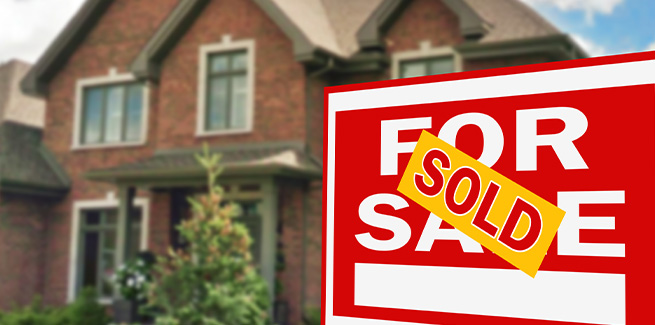According to the Australian Bureau of Statistics’ (ABS) Residential Property Price Indexes, all capital cities apart from Melbourne recorded a rise in residential property prices in the September quarter 2020.
Of the capital cities, residential property prices were largest in Adelaide (1.6 per cent) and Brisbane (1.5 per cent), followed by Perth (1.4 per cent), Hobart (1.2 per cent), Sydney (1.0 per cent), Canberra (0.9 per cent) and Darwin (0.8 per cent). Meanwhile, property prices fell 0.3 per cent in Melbourne.
The total value of Australia’s 10.6 million residential dwellings rose by $87.8 billion to $7.28 trillion over the three months to September.
The mean price of residential dwellings in Australia is now $689,500, an increase of $5,400 on the past quarter.
The mean price of residential dwellings in NSW ($888,900) remains the highest in the country, followed by Victoria ($738,600) and then the ACT ($721,000). The lowest mean price is in the Northern Territory ($425,200).
According to the head of prices statistics at the ABS, Andrew Tomadini: “Results for Sydney and Brisbane are in line with housing market indicators. New lending commitments to households, auction clearance rates and sales transactions all improved during the September quarter.
“Property prices continued to fall in Melbourne in the September quarter, due to the impacts of COVID-19 restrictions. Melbourne house prices fell 0.3 per cent and attached dwelling prices fell 0.2 per cent,” he said.
When comparing the September quarter 2020 to the prior comparative period, residential property prices rose 4.5 per cent, with rises in all capital cities except Darwin.
On a year-on-year basis, Hobart led the charge with an increase of 6.0 per cent, followed by Sydney (5.4 per cent), Canberra (5.0 per cent), Melbourne (4.7 per cent), Brisbane (3.1 per cent), Adelaide (2.6 per cent) and Perth (2.4 per cent). Meanwhile, property prices fell in Darwin by 0.7 per cent.
Across the capital cities, the house price index rose 1.0 per cent over the quarter, following a 2.1 per cent fall in the June quarter 2020. Through the last 12 months, it rose 5.0 per cent.
Meanwhile, attached dwelling price index (for flats, units and apartments plus semi-detached, row and terrace houses) rose 0.3 per cent over the quarter, following a 1.2 per cent fall in the June quarter 2020. Through the last 12 months, it rose 3.1 per cent.
[Related: Owner-occupier loans propel residential lending]
 ;
;